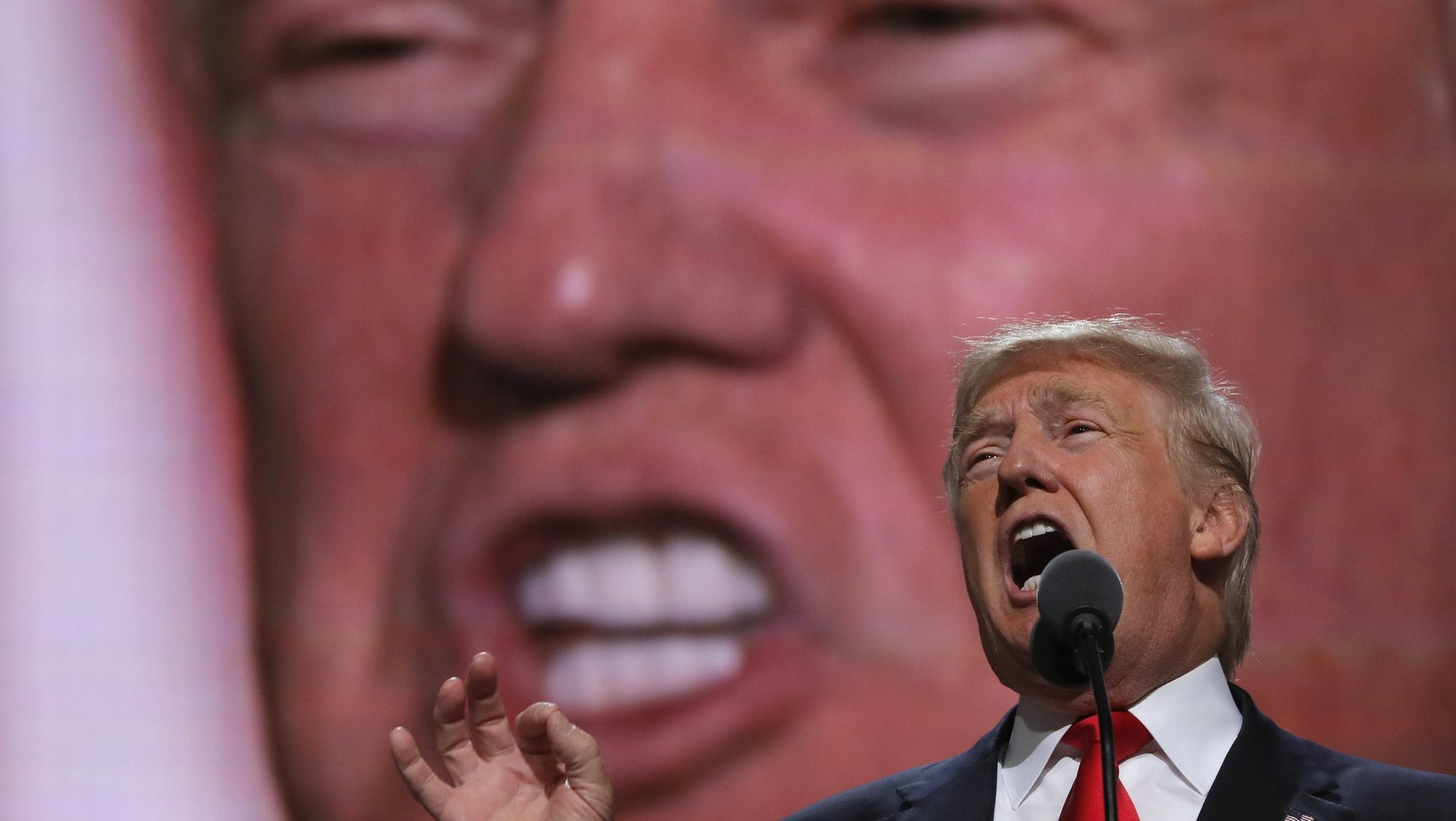Who won the convention ratings war? Depends on who you ask
Does ratings success on one night count more than on three? It depends on the night.


Does ratings success on one night count more than on three? It depends on the night.
The Democrats took the prize for highest television ratings during their convention in Philadelphia this week, beating the Republican convention’s ratings on three out of four nights. But the DNC fell short on the night that counted most, with Hillary Clinton commanding 1.2 million fewer viewers for her speech than Donald Trump did his.
On Thursday, July 21, the night of Trump’s speech, the Republican convention in Cleveland drew 34.9 million viewers across all stations. On Thursday, July 28, the night of Clinton’s speech, the Democrats drew 33.7 million viewers.
“We beat her by millions on television,” Trump said at a Friday rally in Colorado. “Millions! Honestly, the numbers were incredible.”
For the convention matchup overall, the Democrats’ much-ballyhooed advantage in star power made a difference. Over the course of the week, the DNC trotted out a past and current president, a charismatic first lady, and A-list entertainers like Meryl Streep and Katy Perry. Somehow, Scott Baio couldn’t compete with that star wattage.
Ultimately, conventions ratings don’t have much to do with how voters behave. Just as sports fans tune into NASCAR for the crashes, many viewers watch the candidates they oppose just to see if they go up in flames.
What matters more is how the ratings translate in the polls. Trump received either no convention bump or a very modest one, depending on how you read the polls (even poll guru Nate Silver confesses the results are confusing). It’s too early to say how Clinton fared.
But the conventions were pretty good television. For the standards of our era, when potential viewers have every distraction—from streaming movies to Pokeman Go—the ratings were impressive. To compare, game seven of the NBA Finals drew 30.8 million viewers (albeit on just one network).
Still, both parties will have to up their game in 2020 if they want to compete with the Super Bowl’s audience: 112 million.